How my first trip to China was shaped by the Deji Art Museum and its fresh vision of art
Tina KovačićekNovember 23, 2025
November 23, 2025
If someone had told me just two weeks ago that I’d be traveling to China this year, I would have said: no way. But life has a way of sending invitations when you least expect them, often to places you haven’t even marked with a pin yet. It’s as if it wants to test your sense of adventure by asking: Can you pack quickly? Because in four days you’re going to Nanjing. I said yes, nothing easier.
We laughed in our office the other day about our team’s travel itinerary over the past few months. Our fashion editor Tina Lončar reported from fashion weeks in Moldova and Kazakhstan, while copy editor Bojana Jovanović visited Yerevan Fashion Week in Armenia. Everyone has already been to Paris anyway, right? So why not go where people do not usually go on foot.
The reason for my trip to China, more precisely to Nanjing, the former capital of several dynasties and states over the millennia before Beijing took over the title, was a visit to the newly reopened Deji Art Museum. Culture is always a good reason to go all the way to China, I thought, and the fact that I would see a city that became the center of all China during the renowned Ming dynasty in the fourteenth and fifteenth centuries, a city that still preserves the Ming dynasty city walls and is considered an important cultural hub filled with museums, galleries, and educational institutions, felt exciting. At the same time, the skyline of skyscrapers rising almost overnight is a reminder that China continues to move forward at full speed, a place of remarkable growth and innovation.
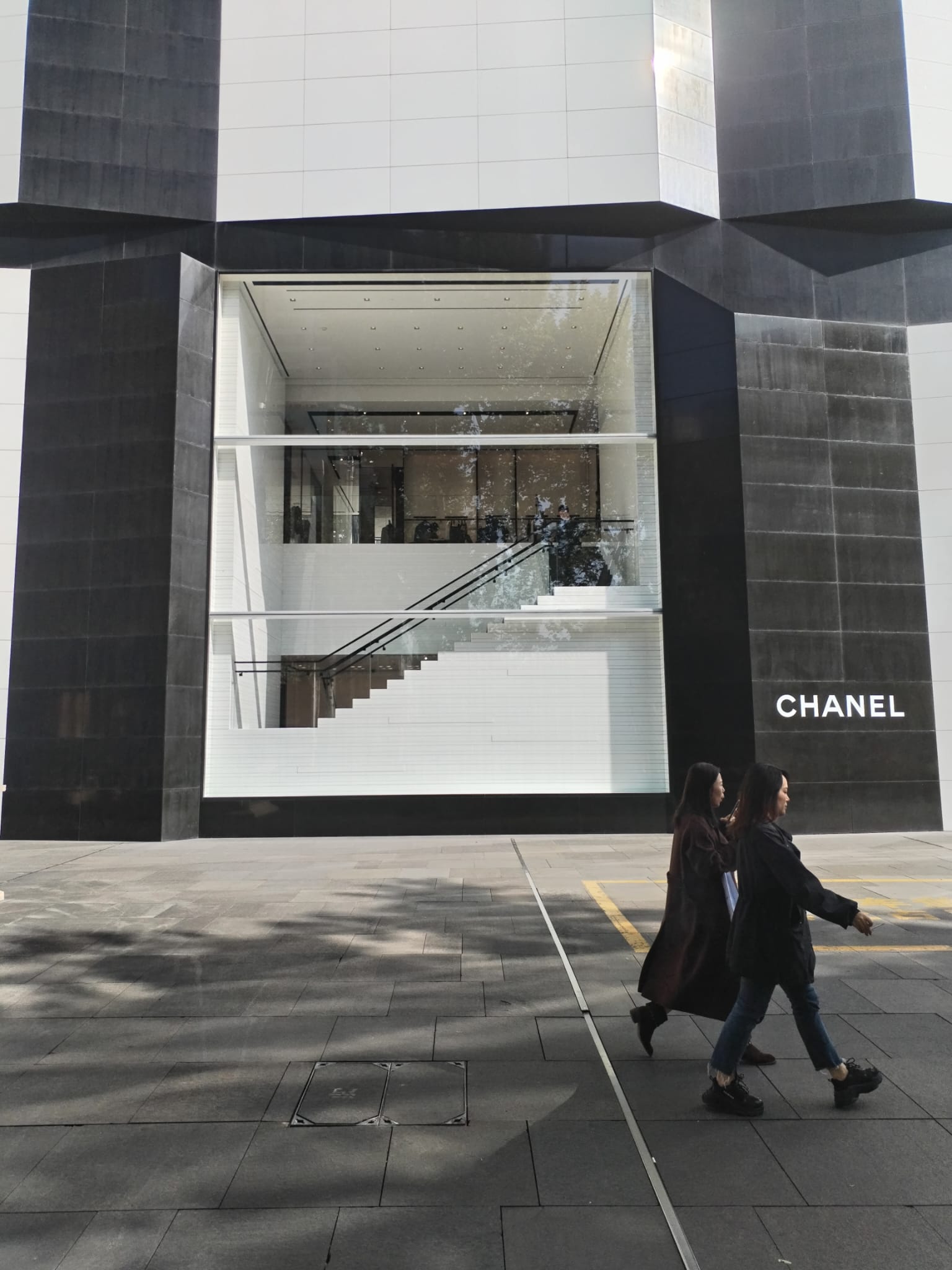


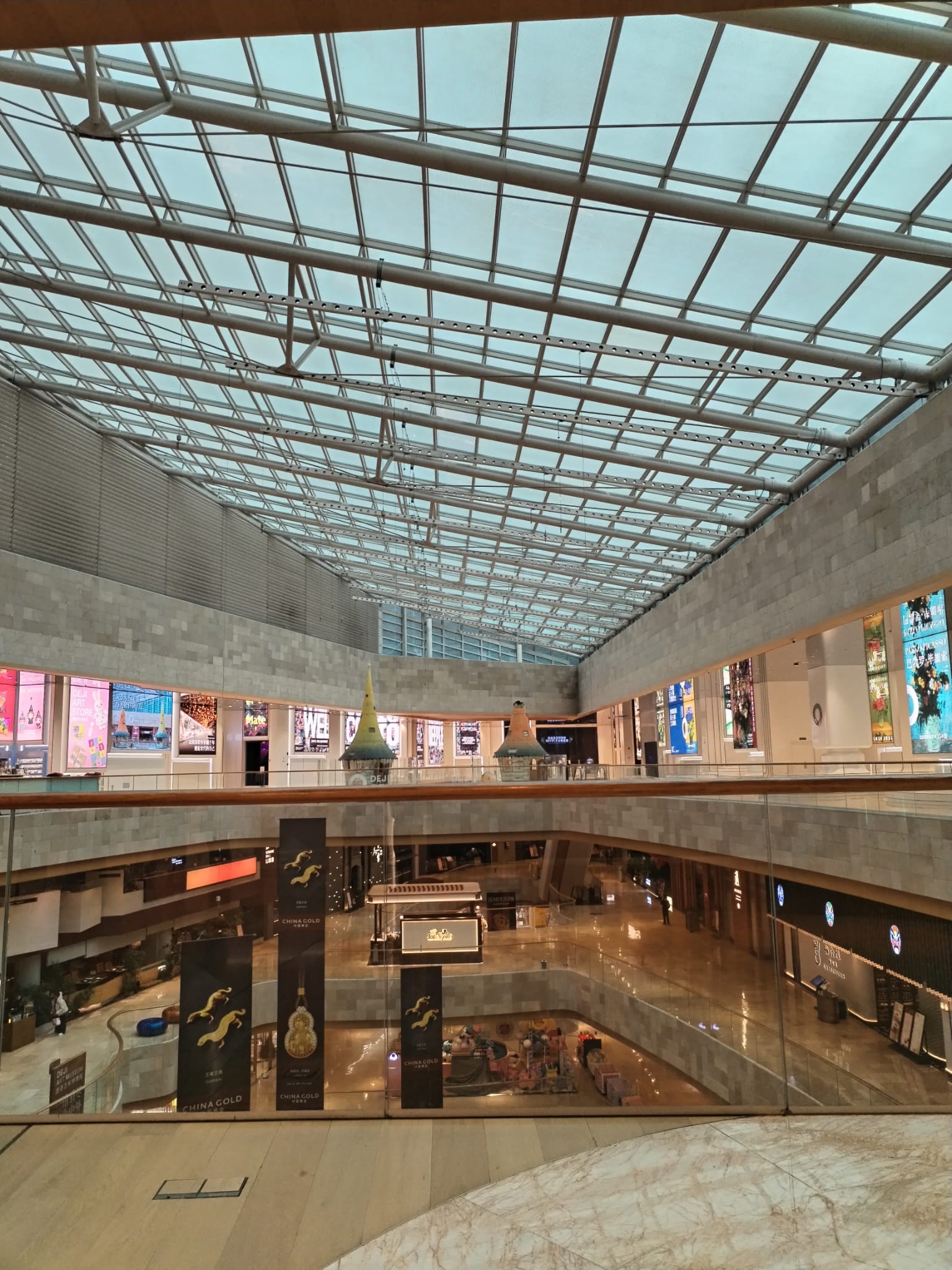
Deji Art Museum opened in 2017 on the eighth floor of the largest and fastest-growing shopping mall in China, Deji Plaza. That was definitely a new moment for me: a museum inside a shopping mall? It turns out to be possible, and it works. As much as I resisted the idea, convinced that people who come to a mall would hardly take their eyes off the shop windows (and believe me, the displays in China verge on small, boundless worlds of imagination), I noticed that by around 10 in the morning, from the moment it opened, the museum was already filling with visitors. Especially now that, two years after its inauguration, the leading and permanent exhibition Nothing Still About Still Lifes: Masterpieces from the World of Flowers Collection has reopened. And it truly lives up to its name: there is nothing still about still life on a painted canvas. Building on the framework developed in 2023 in collaboration with guest curator Joachim Pissarro, the museum expanded and deepened the narrative over two years of acquisitions and research. The exhibition now includes a total of 140 works that have been newly acquired or updated. As the flagship permanent exhibition of the Deji Art Museum collection, Nothing Still About Still Lifes brings together important modern and contemporary works centered on the motif of flowers. From Impressionism to the present, from China and the rest of the world, the exhibition is the result of more than a decade of research and acquisitions aimed at shaping a reference, scholarly collection dedicated to the art of flowers, art director Shen Boliang tells me. He is an independent curator and writer with a degree in museum studies from New York University, and he guides us through the exhibition as we speak.
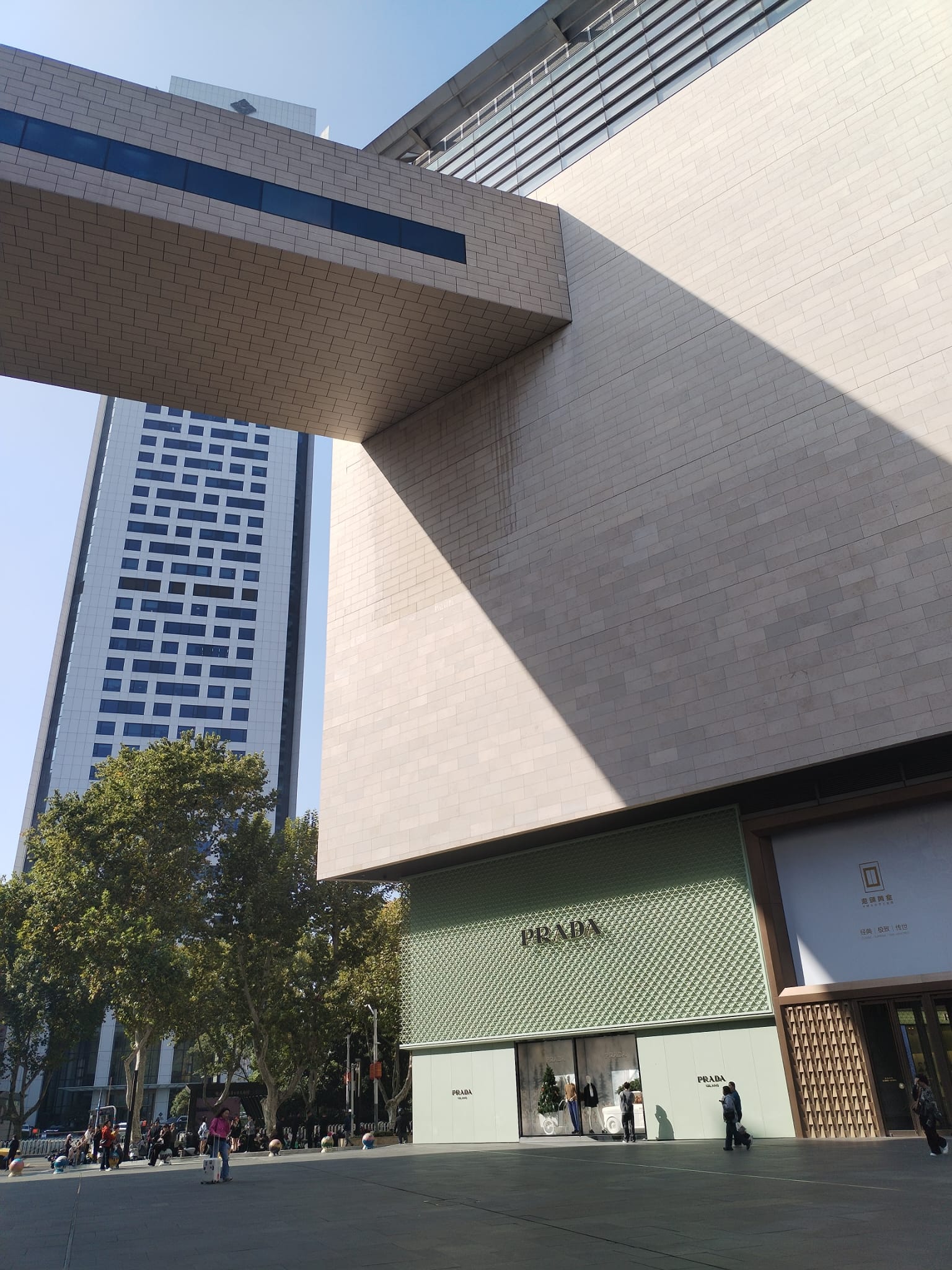
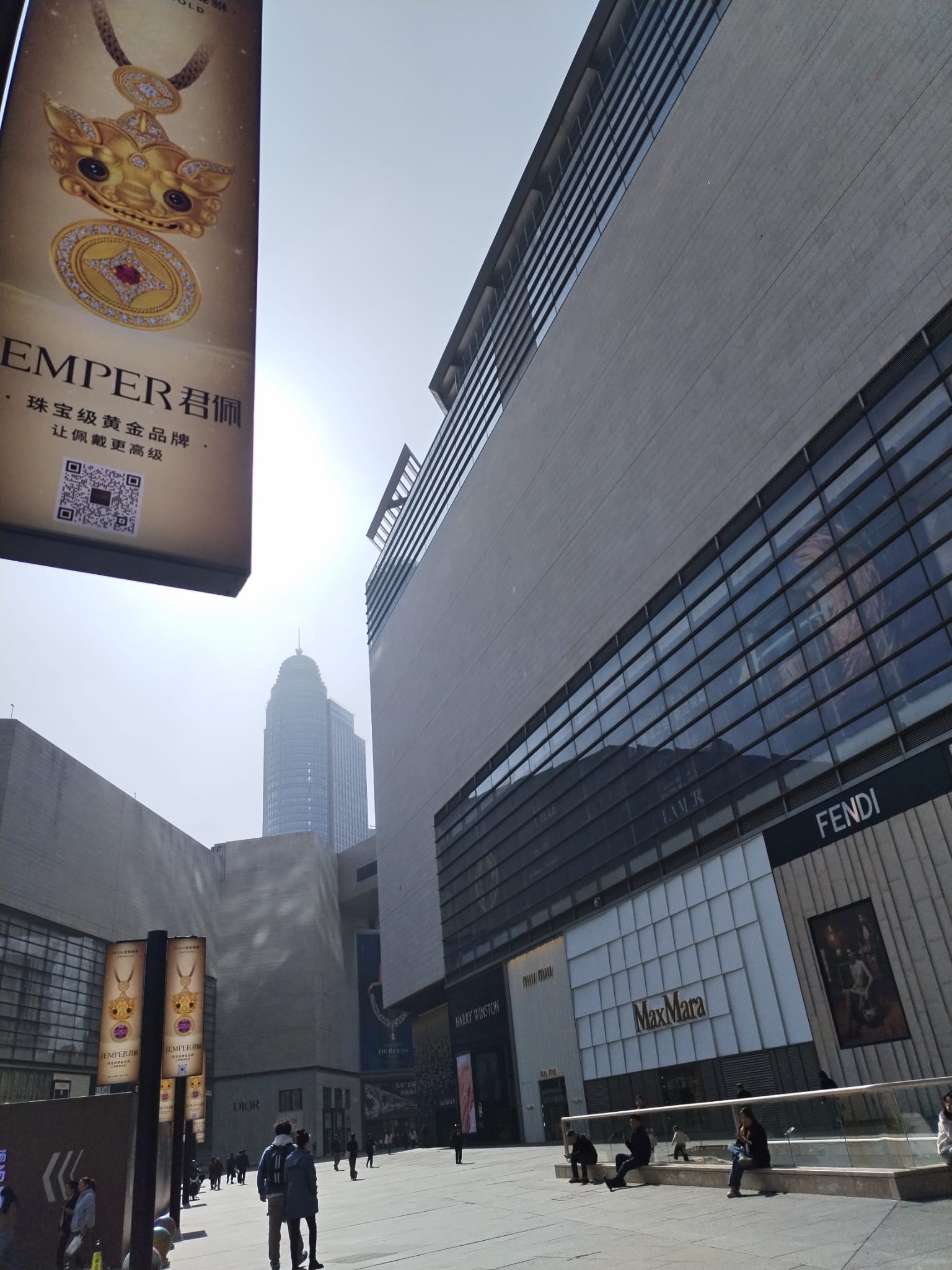


Right at the entrance of the museum you are greeted by Jeff Koons’s Pink Ballerina, a sculpture so heavy that during the planning of the museum and the structural assessment of the building, the architects had to move the originally planned museum doors, the curator tells me in a relaxed conversation as we walk through the exhibition. And beyond Koons, the show is filled with artistic treasures by Monet, Renoir, Cézanne, Munch, Picasso, and Matisse. It also explores contemporary artists such as Andy Warhol, Yayoi Kusama, David Hockney, Anselm Kiefer, the already mentioned Koons, and Yoshitomo Nara, as well as pioneering Chinese artists from several generations, including Sanyu, Pan Yuliang, Wu Dayu, Wu Guanzhong, Zao Wou-Ki, Chu Teh-Chun, Chen Yifei, and Zhang Xiaogang. Nearly fifty major artistic movements are represented here: Impressionism, Post-Impressionism, Cubism, Fauvism, Expressionism, Dada, Surrealism, Abstract Art, Pop Art, and Conceptual Art, Boliang adds with enthusiasm as he guides us through the many artistic perspectives devoted to one motif: flowers. And I must admit that flowers, in all their forms, followed me until the very end of my trip.
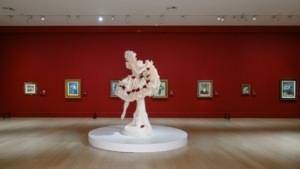
Courtesy of Deji Art Museum
Another interesting fact about the museum is that it embraces the concept of a midnight museum, open 365 days a year. Accessibility and availability are among their artistic priorities, along with the ambition to elevate the museum experience to a new level. Visiting a museum before midnight? It sounded like something I wanted to try, and I did. By then, the mall is much quieter, and the people you meet are those seeking a late-night dose of art. Fascinating, right?, says the museum director, the charismatic Ai Lin, who continues by explaining that her own experiences inspired her to support extended nighttime hours in institutions like museums. When I travel, I often find myself with little time, she tells me. I am in a rush, I may have just a few hours, and as a museum visitor I have to plan everything carefully. Opening hours, whether it is Monday or Tuesday when a museum might be closed, and other details. Here we wanted to change the experience of going to a museum. Here you can take all the time in the world to view an exhibition in peace, and do it when there are no crowds. This is a new approach we hope will take root and shift how people think about visiting museums.
Ai Lin had just returned from Uzbekistan before our conversation, where she took part in a UNESCO conference panel on the role of artificial intelligence in museums. As an extension of the Deji Art Museum, a digital immersive exhibition titled An Era in Jinling has been installed. Through a gigantic wall screen, you can plunge into the life of Nanjing as it was several hundred years ago. We are pioneers of the interactive exhibition model called character into painting with real-time tracking that allows visitors to step inside the artwork and embark on an immersive journey a thousand years into the past to reconnect with ancient Chinese civilization, Ai Lin tells me as I notice, on the wall right next to the main entrance, a work by the world’s most famous AI artist, Refik Anadol. At that moment, I felt as if I had officially stepped into a wonderland.

Courtesy of Deji Art Museum
One immersive experience led me into another and then a third, and the power of the screens to pull you into moving images was astonishing. As the final layer of this entire journey comes the exhibition Beeple: Tales from a Synthetic Future, the first solo exhibition in Asia by the American digital artist Beeple, one of the most renowned figures in NFT art and generative digital art. Deji Art Museum had previously acquired his sculpture S.2122 (2023), one of the first Beeple works purchased by an Asian institution, which marked the beginning of a partnership between the artist and the museum. Beeple’s art explores the relationship between technology, society, and art, touching on themes such as artificial intelligence, virtual reality, our physical and digital identities, and the ways technology reshapes our perception of reality and of art itself. The exhibition at Deji Art Museum allows Chinese and international audiences to experience Beeple’s work within an institutional art context, which is an important indicator of a broader global trend. Digital art is entering museum spaces with increasing force and becoming part of contemporary art history.
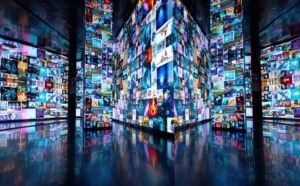
Courtesy of Deji Art Museum
I began my midnight museum experience by moving through the visually quieter world of Impressionism, Cubism, and all the other still painterly formats, and ended it by plunging into the shifting pixels of digital art. That immersive experience felt special and almost omnipresent, and let us not forget that I was still inside a shopping mall. It was also proof that here, on the other side of the world, things are shifting in an entirely new direction. Ai Lin also revealed to me that Nanjing is hoping to develop art tourism, and I do not think that is far from reality, especially considering that the museum itself is located on what they call the museum street. So if you are already going shopping, you might as well stop by the museum. I liked that attitude.